Many have made it their life's work to address global poverty. Extreme poverty has halved since 1990, but there's more work to be done.
Do you have access to $1.25? If so, how much can it buy you? The World Bank and the United Nations have been asking those very questions for years.
Extreme poverty is defined as earning less than $1.25 a day in 2005 prices, increased from the $1 a day originally set forth by the World Bank in 1996, which was still not enough to buy a hot dog combo at Costco. According to 2011 estimates, around 17 percent of the world—or around 1.18 billion people—live in extreme poverty. This is a taste of what their lives look like:
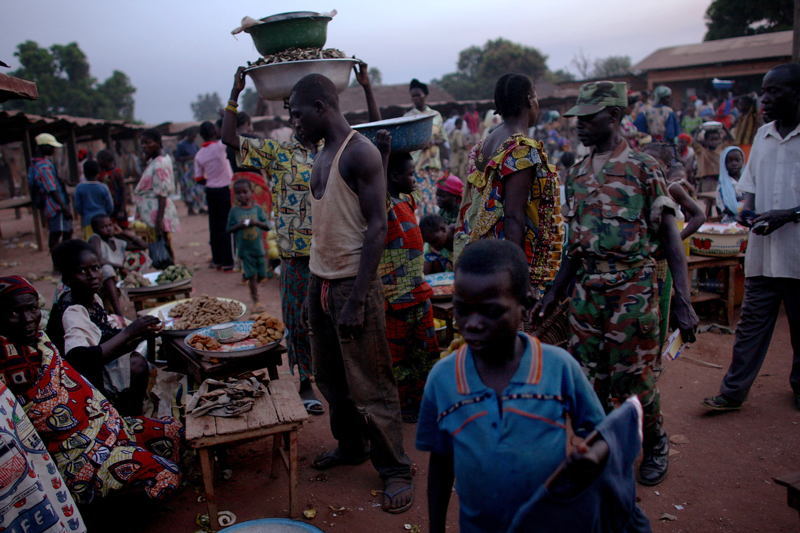
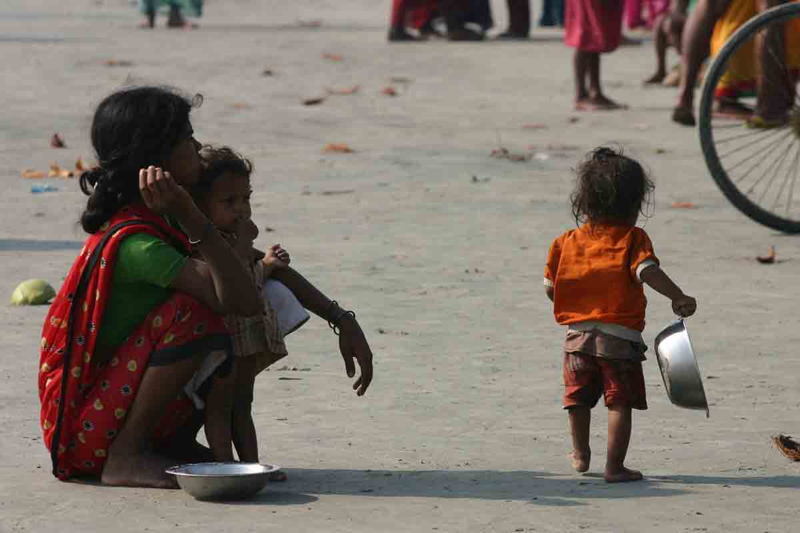
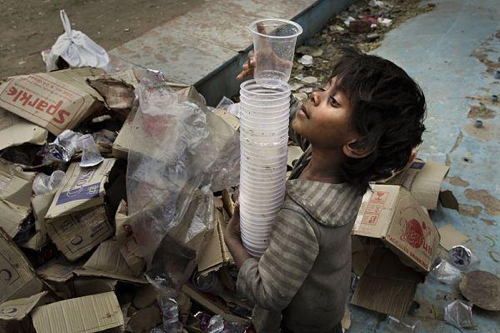
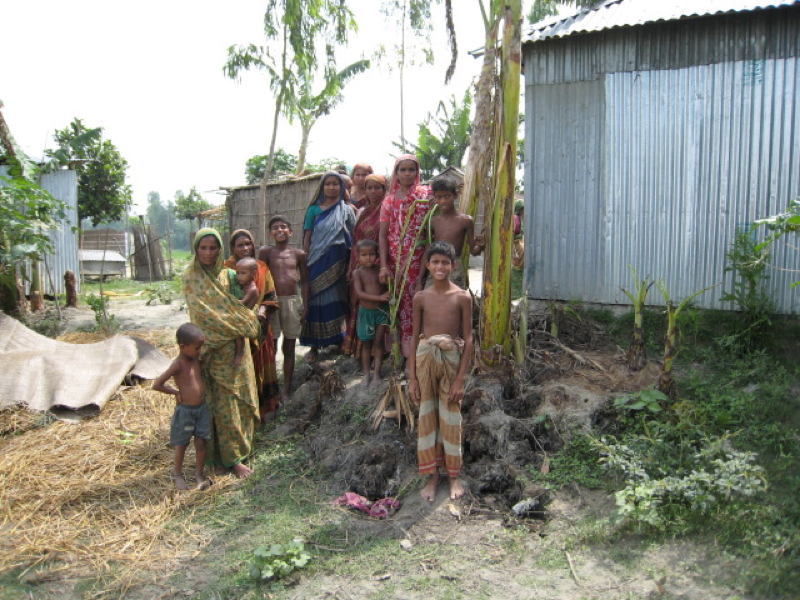
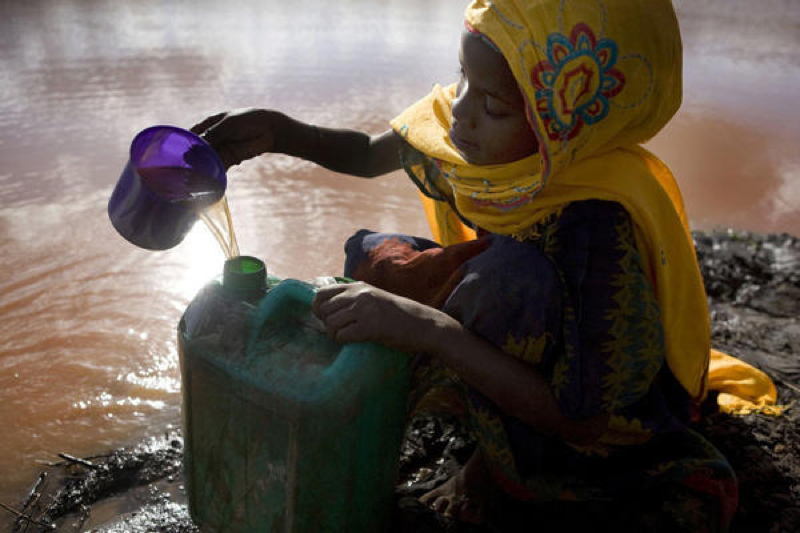
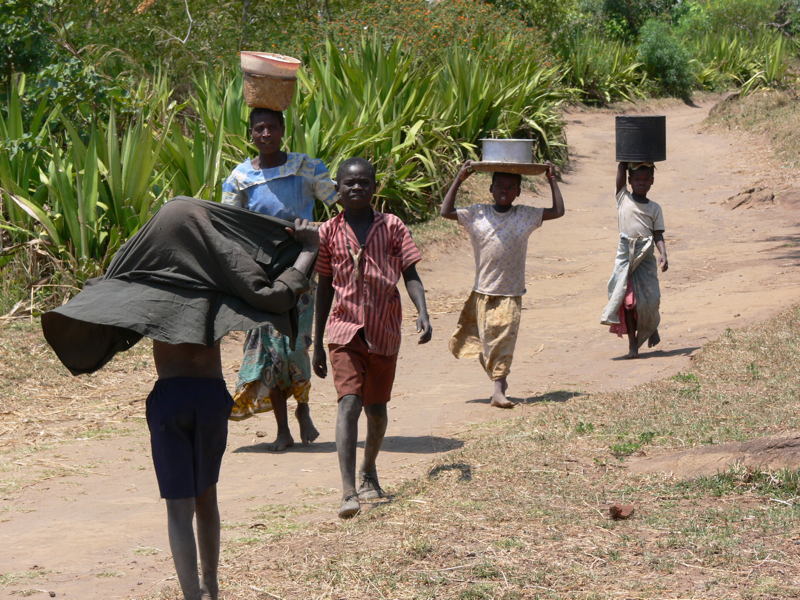
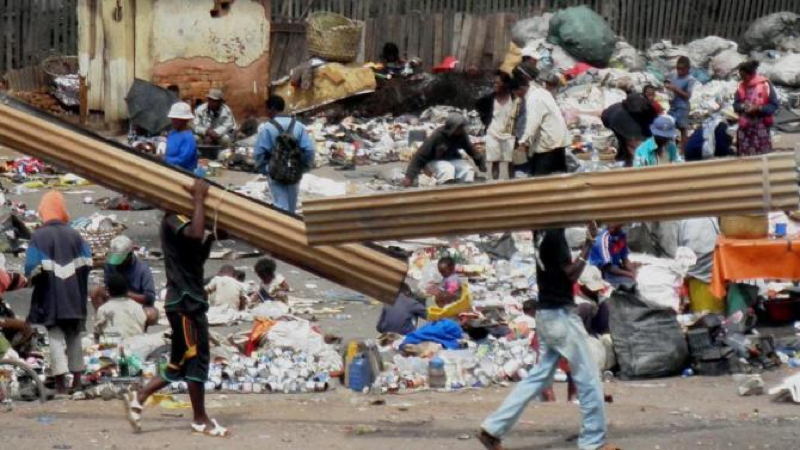
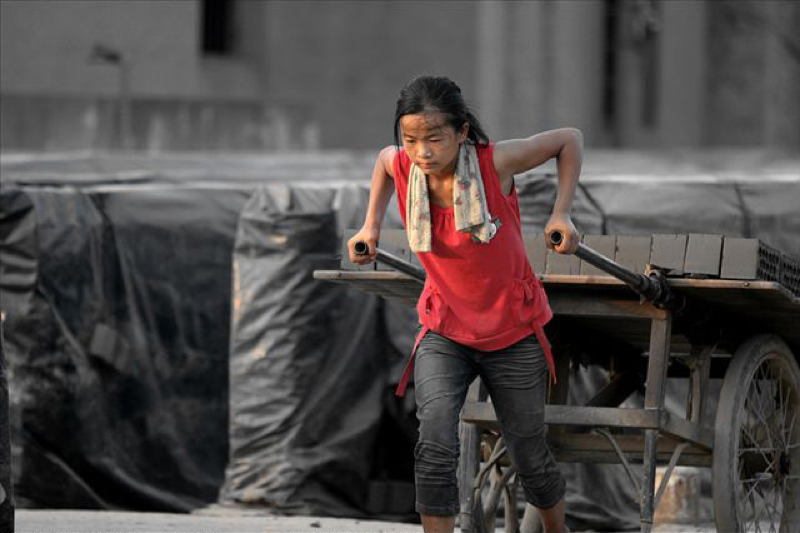
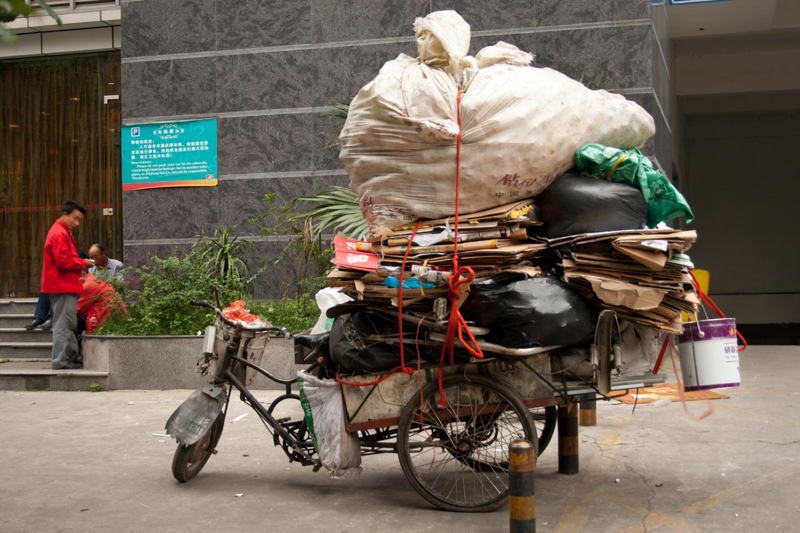
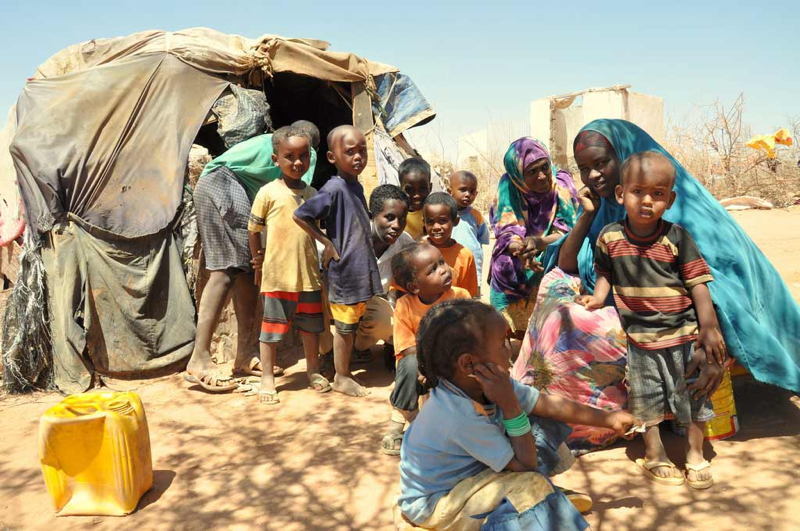
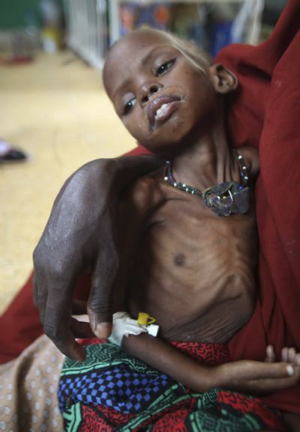
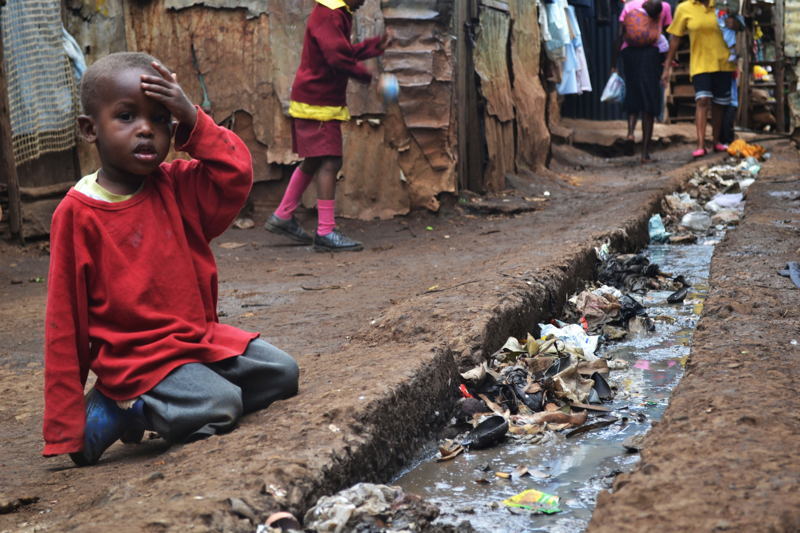
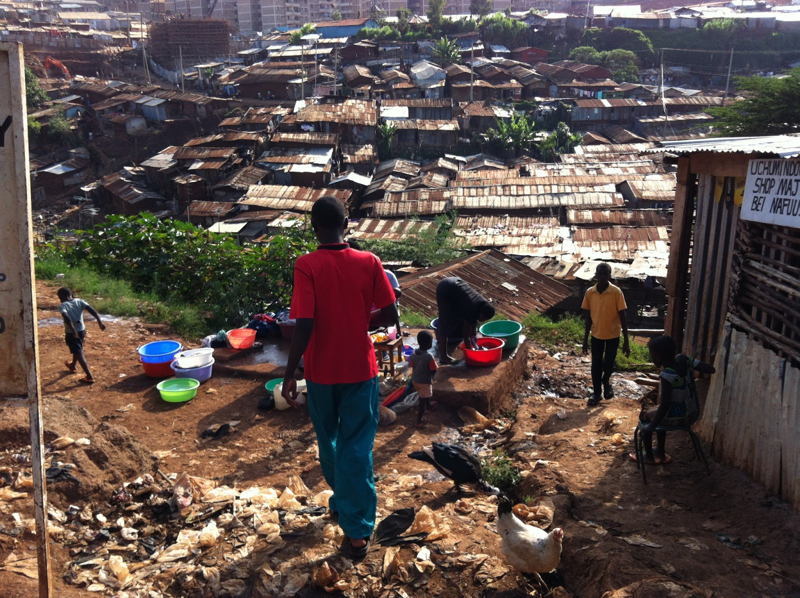
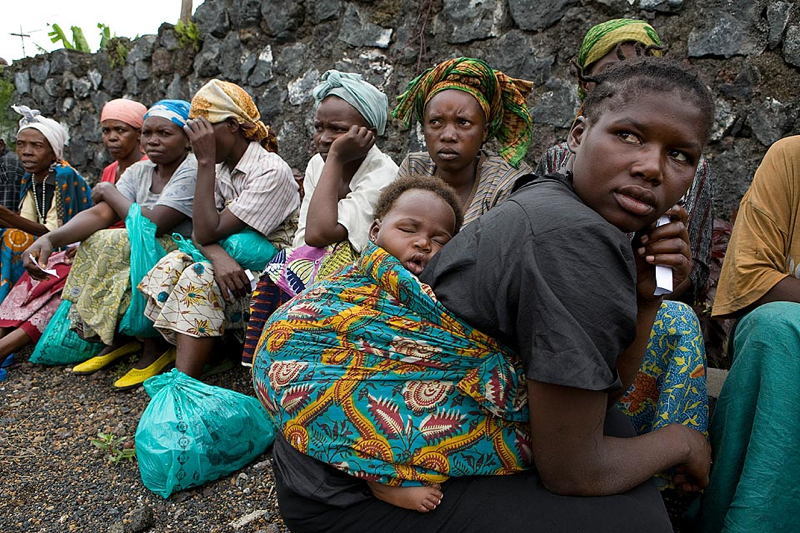
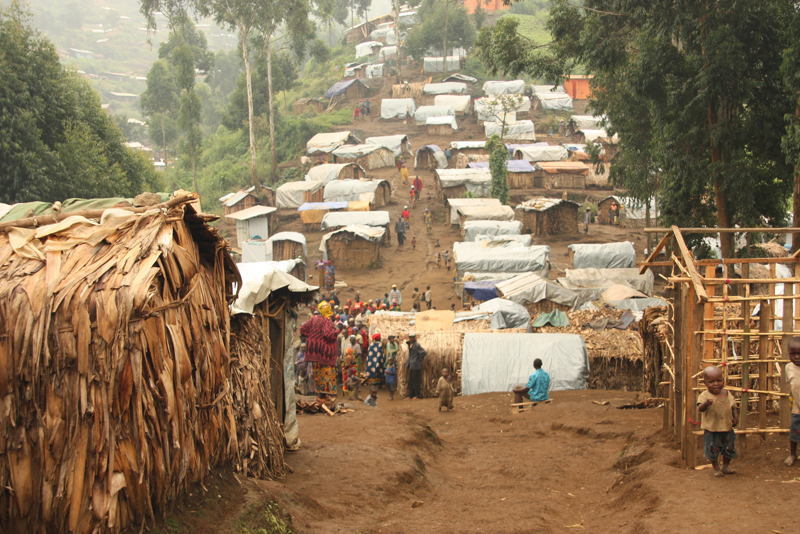
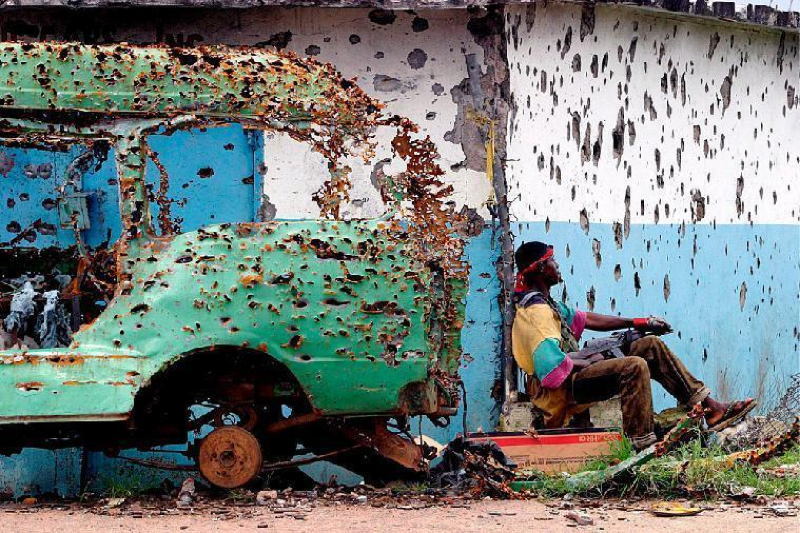
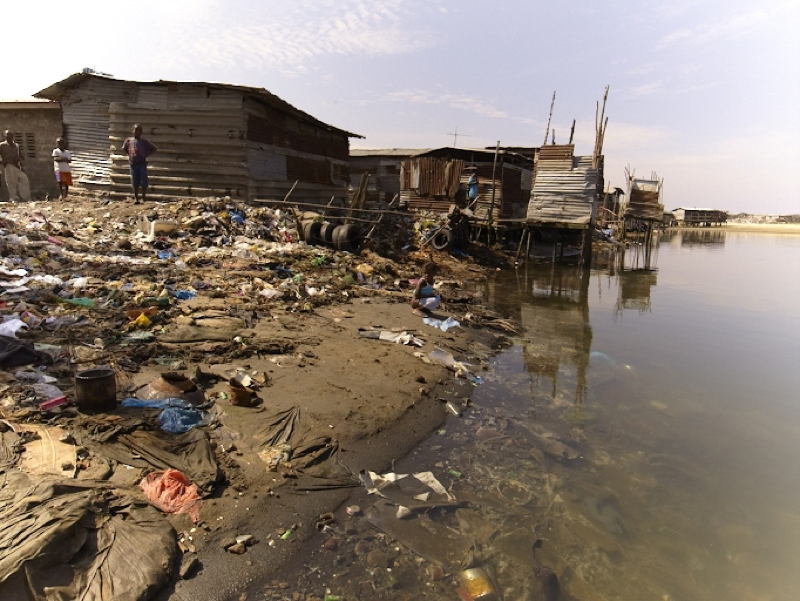
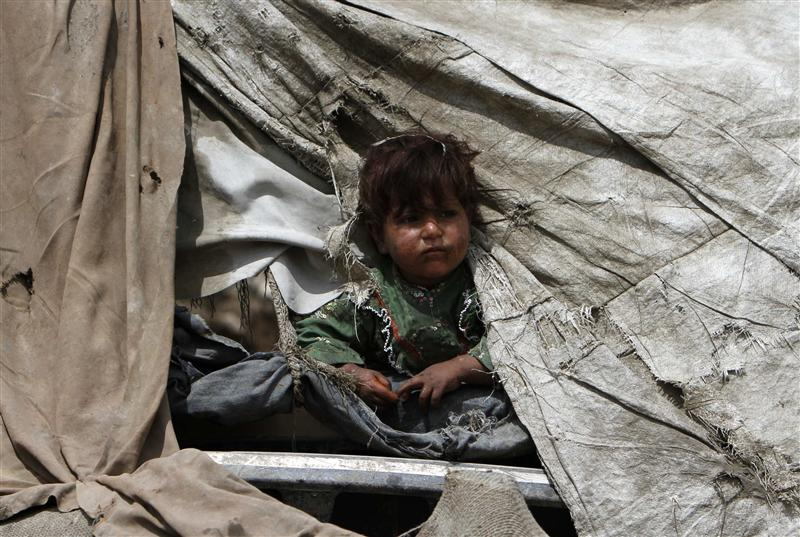
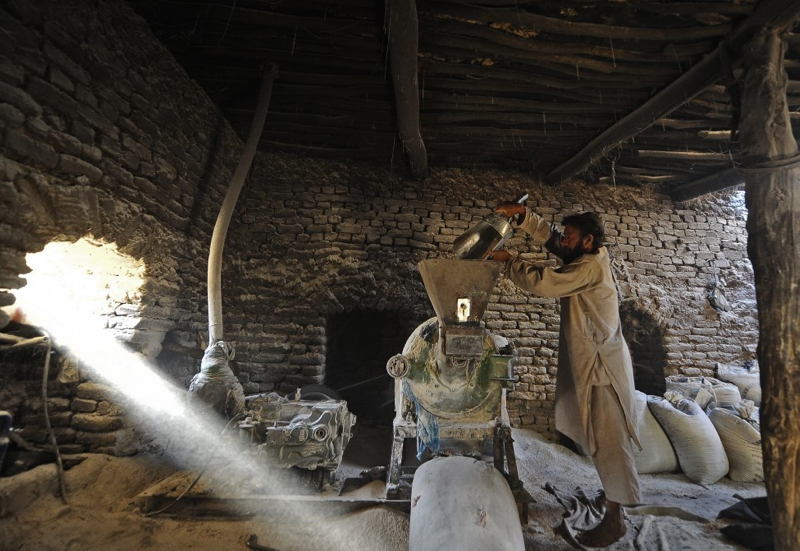
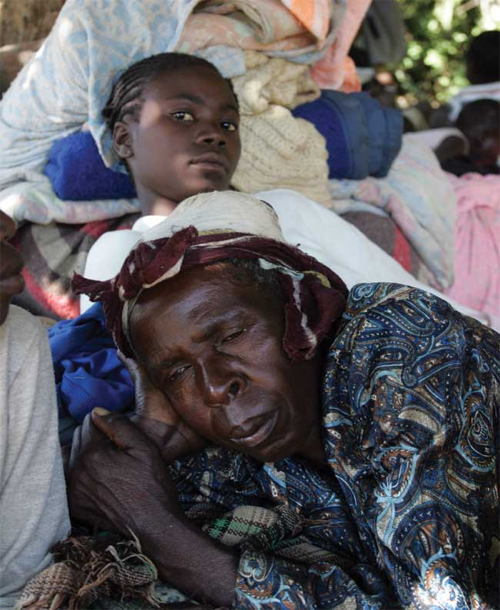
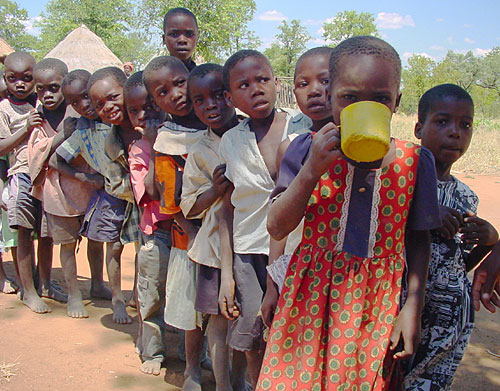
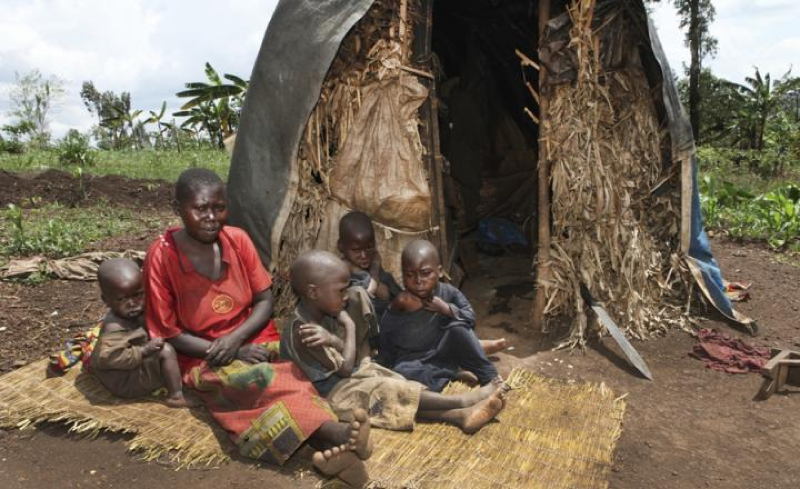
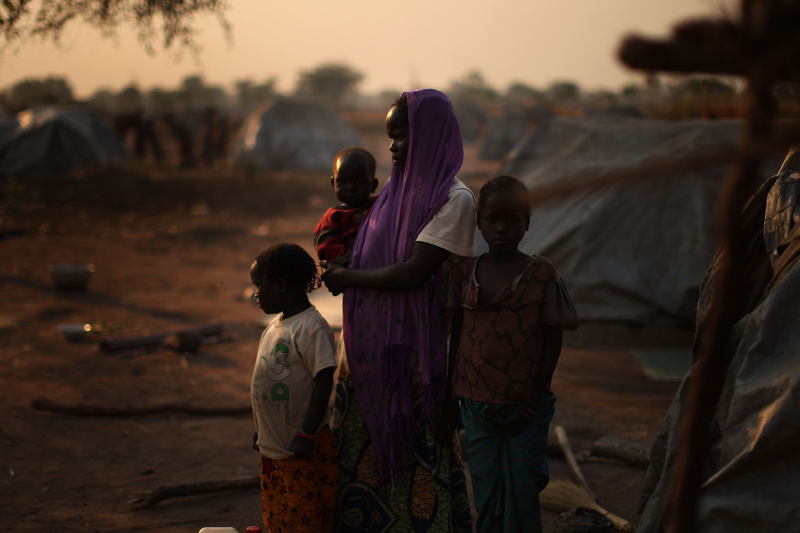
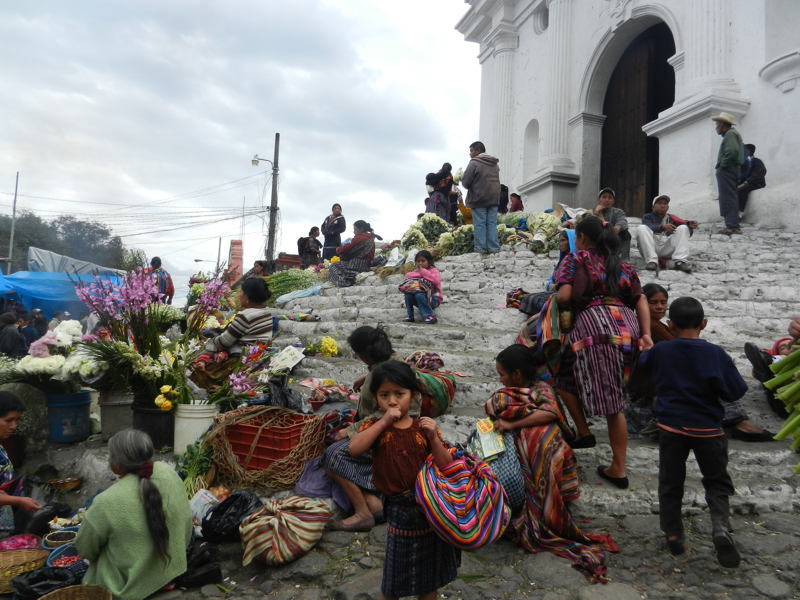
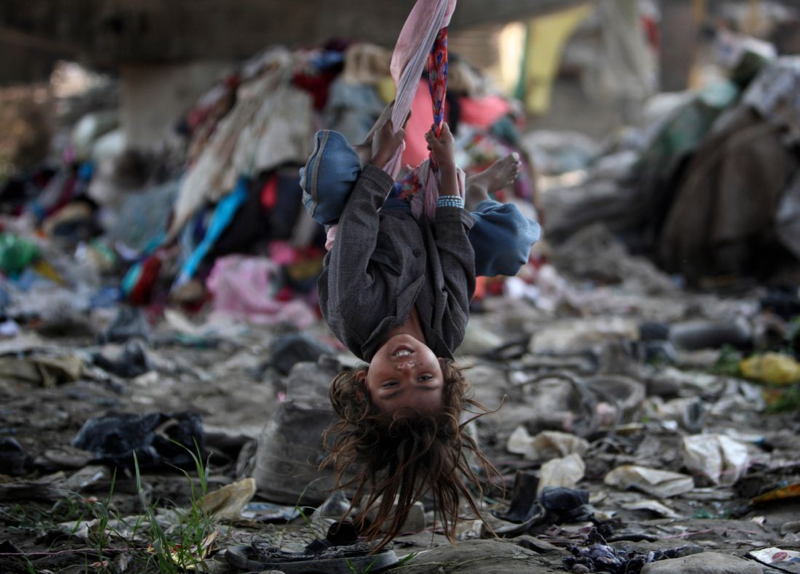
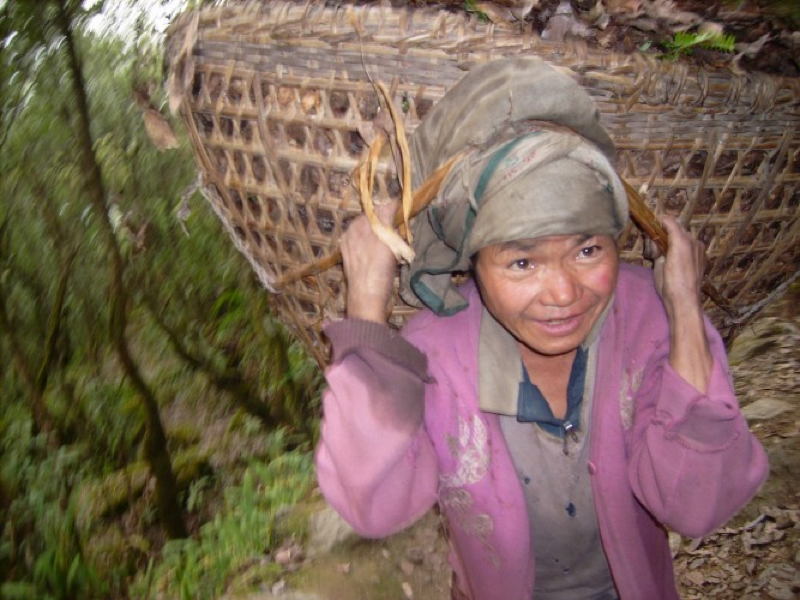
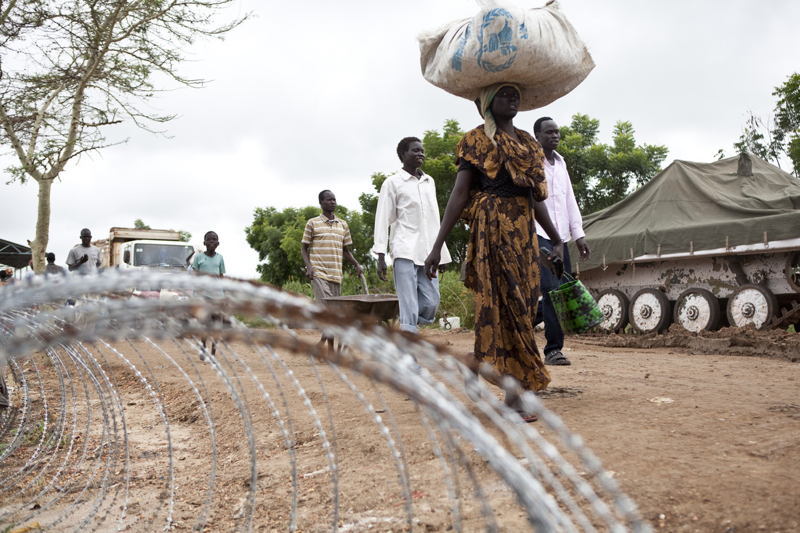
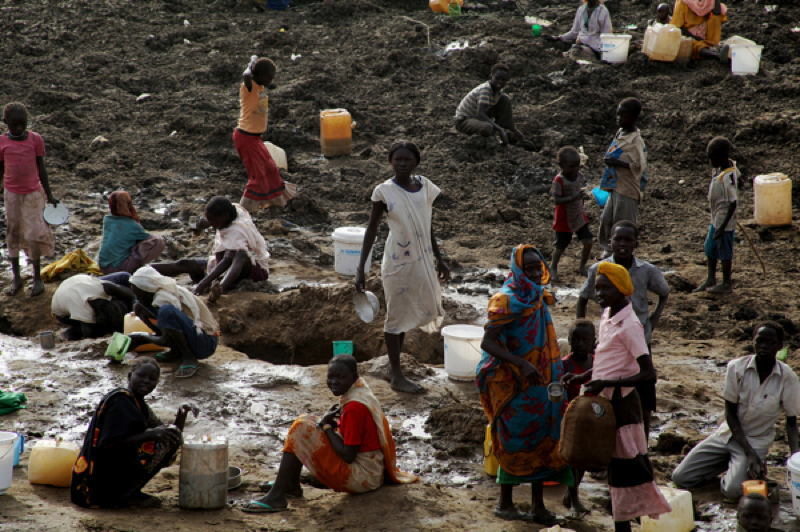
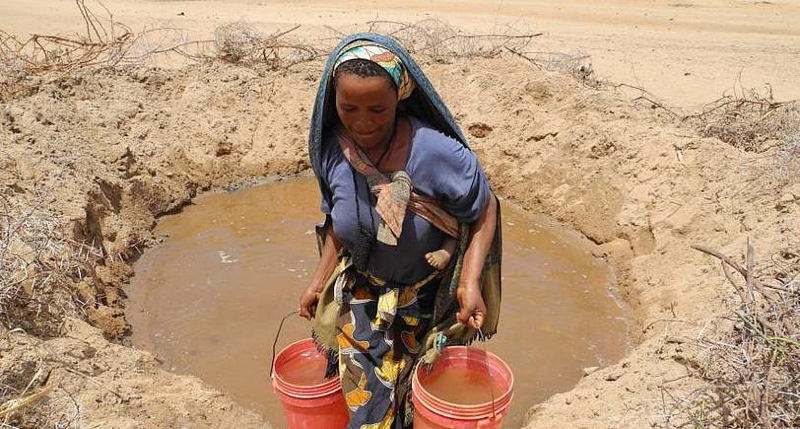
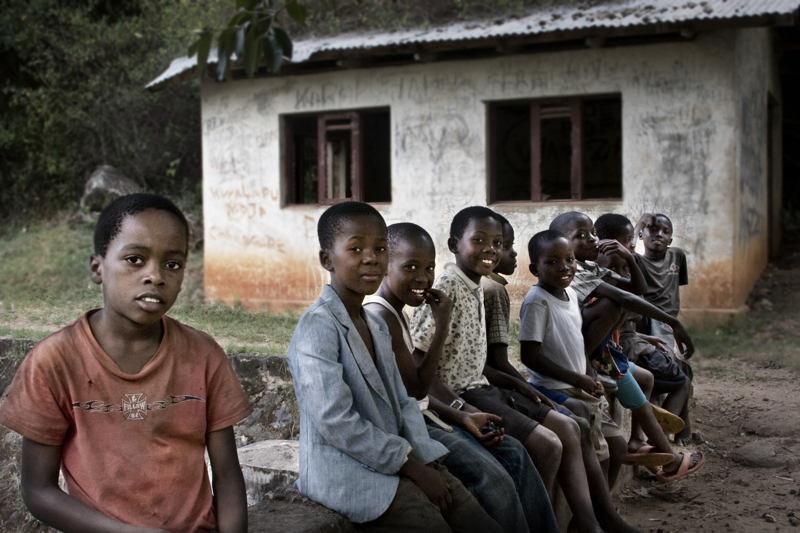
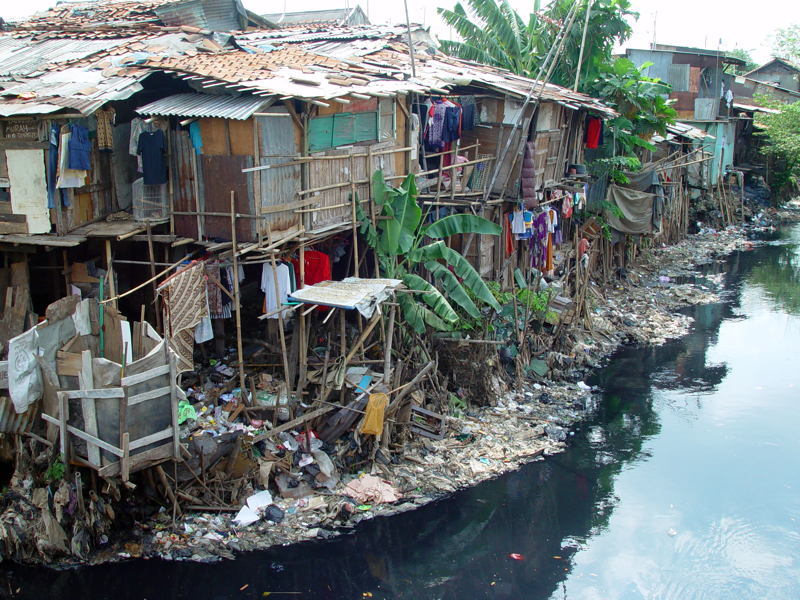
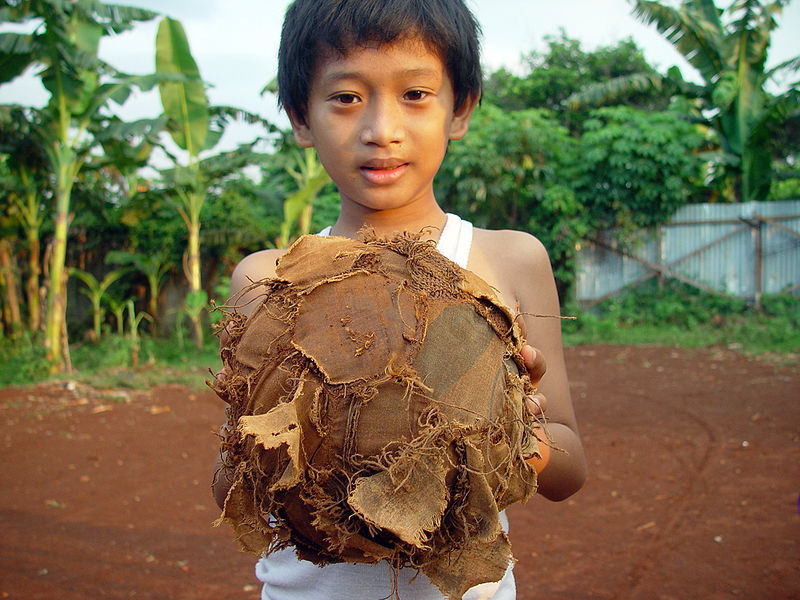
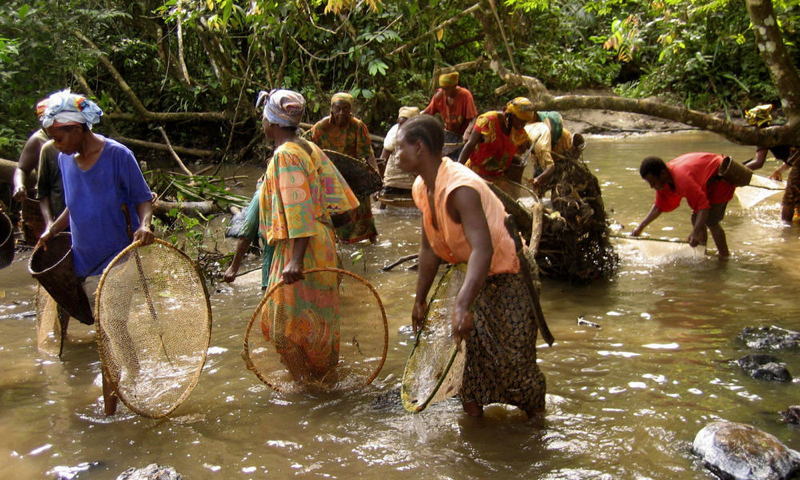
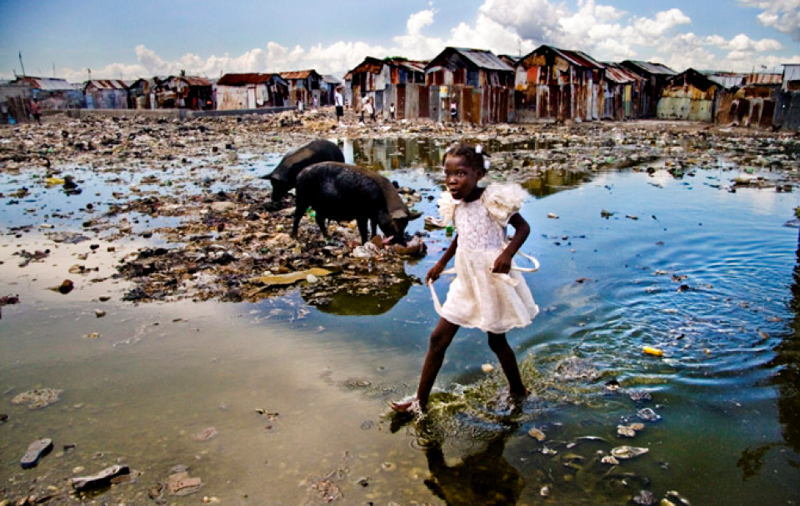
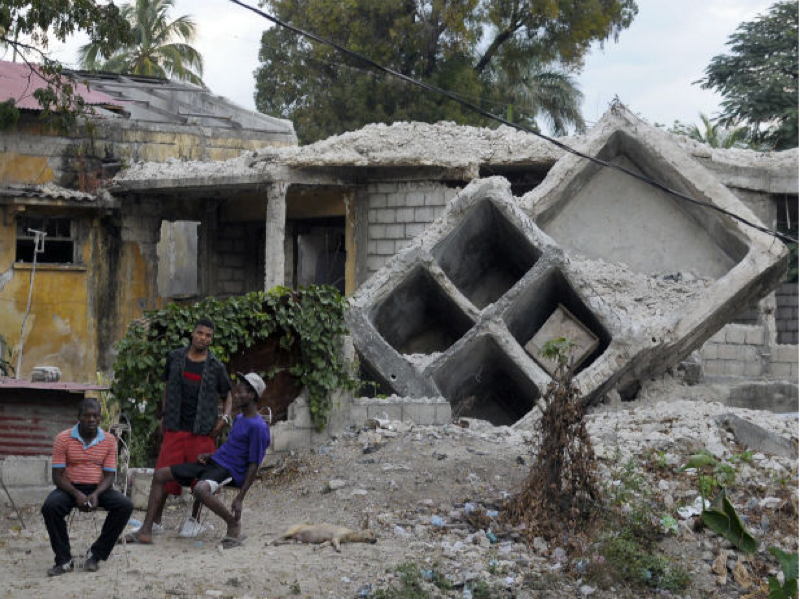
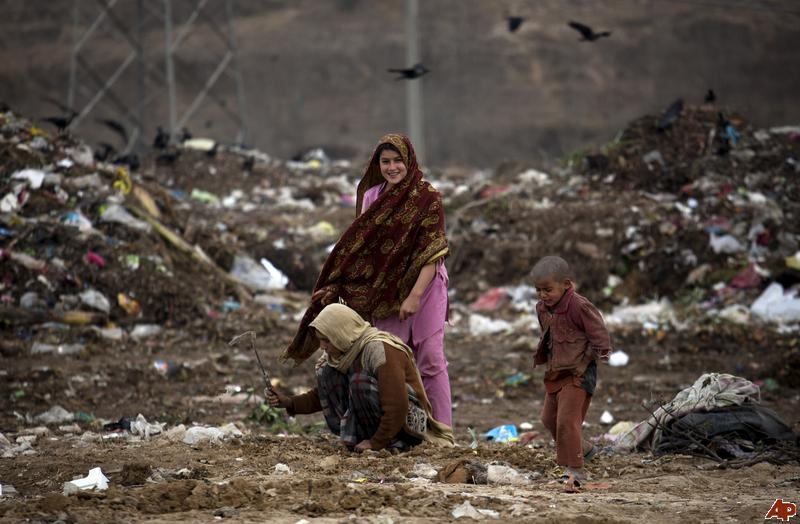
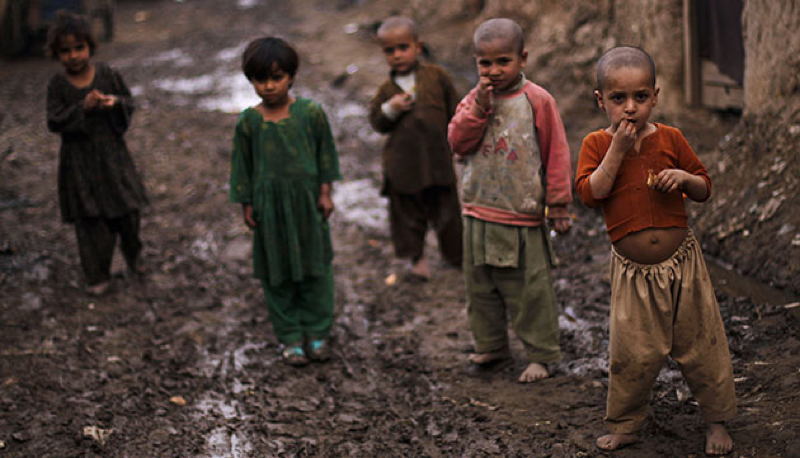
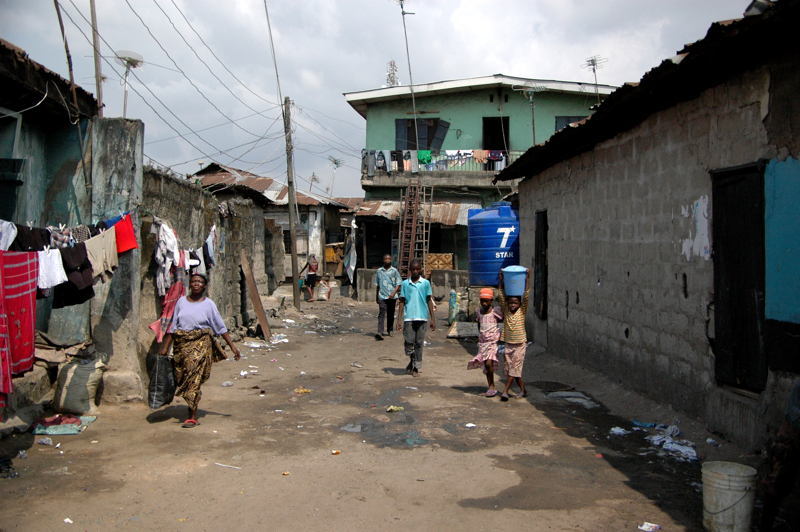
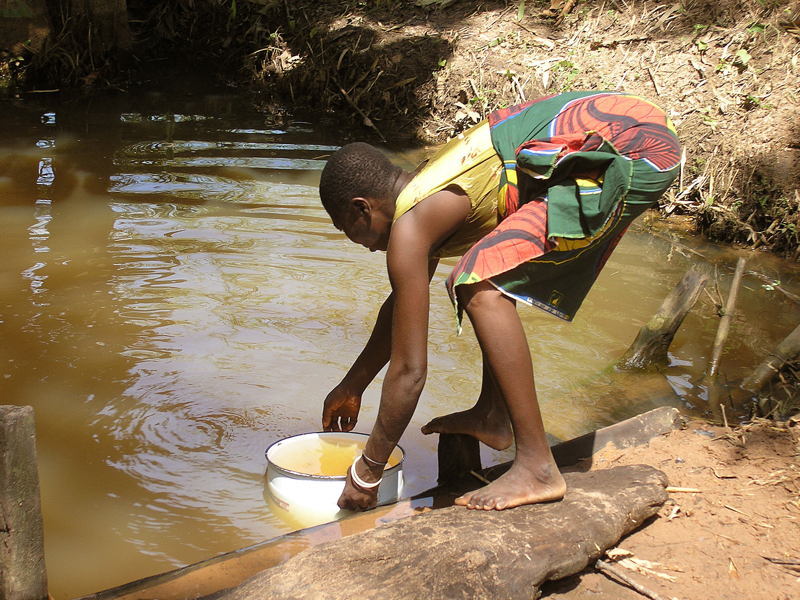
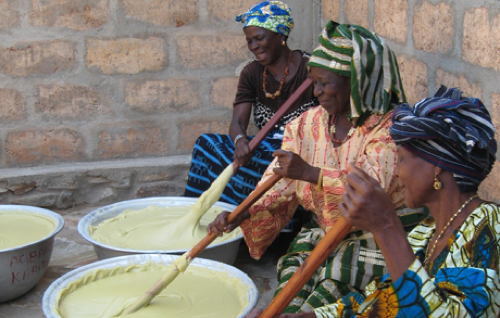
And if you liked this post, be sure to check out these popular posts:
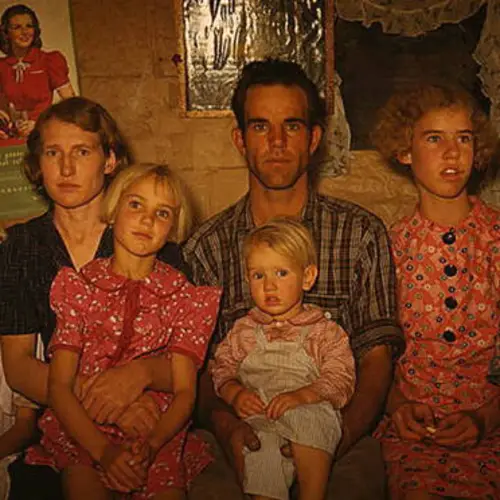

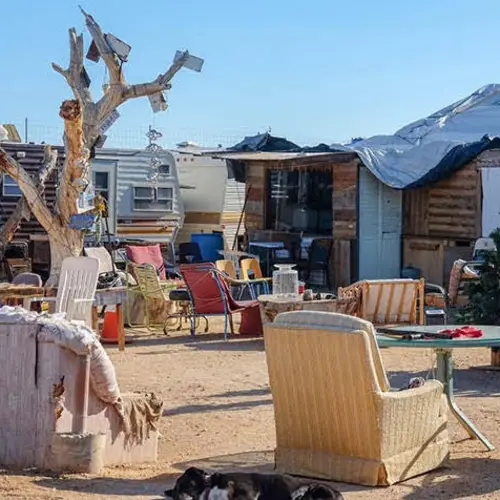
1 of 41
Central African Republic, 62% population living at national poverty lines
Poverty in general is defined by the World Bank as a deprivation in well-being, which covers low incomes and lack of access to services necessary for survival with dignity.
2 of 41
India, 21.9% population living at national poverty lines
Many living in poverty do not have access to clean water and sanitation, equitable physical security, and adequate healthcare. Source: Your Article Library
3 of 41
India
The majority of those that survive in extreme poverty live in Sub-Saharan Africa, South Asia, East Asia and the Pacific. Almost half live in India and China alone.
Source: Christian Science Monitor
4 of 41
Bangladesh, 31.5% population living at national poverty lines
Three other nations have the highest amount of poverty stricken individuals: Nigeria, Bangladesh and the Democratic Republic of Congo.
Source: Blogspot
5 of 41
Ethiopia, 29.6% population living at national poverty lines
Five countries with the highest numbers of individuals in poverty account for 80% of the world’s poor. They are Kenya, Indonesia, Pakistan, Tanzania and Ethiopia.
6 of 41
Malawi, 50.7% population living at national poverty lines
Rural areas account for 75% of those who live on less than a dollar a day. Source: All Water
7 of 41
Madagascar, 75.3% population living at national poverty lines
However, urban slum growth continues, as people migrate from rural locations in search of better job opportunities but cannot afford housing in the cities.
Source: Wordpress
8 of 41
China, 10.2% population living at national poverty lines
Over 1.2 billion people live in extreme poverty globally, many of whom are in war-torn countries.
9 of 41
China
In urban areas, like this one in China, many families are reduced to fishing through landfills to find sustenance or collecting garbage to sell.
Source: GB Times
10 of 41
Somalia, 73% poverty rate
Congo, Zimbabwe, Somalia, Burundi and Liberia have the smallest gross domestic product outputs and rampant poverty. Droughts, like this one in Somalia, have a disproportionately negative impact on many subsistence farmers. Source: Tck Tck Tck
11 of 41
Somalia
22,000 children die daily due to poverty. Between 27% and 28% of children suffer from stunted growth and development because of their living conditions.
Source: Xinhua Net
12 of 41
Kenya, 45.9
2.6 billion people in the world lack proper sanitation and access to clean water, like this child in the Kibera slums of Nairobi.
Source: Nigerian Current
13 of 41
Kenya, 45.9% population living at national poverty lines
Poverty contributes to hunger and low health, and is exacerbated by government fragility and conflict. Source: Blogspot
14 of 41
Democratic Republic of the Congo, 71.3% population living at national poverty lines
Civil war has plagued the Democratic Republic of Congo, formerly Zaire. The Second Congo War involved nine African nations and resulted in the deaths of 5.4 million people.
Source: Hear Congo
15 of 41
Democratic Republic Of The Congo
Rwandan rebels at the heart of regional conflict continue to hide out in the DRC, though the Congolese government has begun a process to weed them out, send them to disarmament camps and relocate them to another country. Source: Internal Displacement
16 of 41
Liberia, 63.8% population living at national poverty lines
Reintegration policies focus on returning rebels from civil wars to communities. In many cases, particularly with Liberia, the rebels are returned to areas where they committed acts of violence.
17 of 41
Liberia
In Liberia, rape was employed as a tool of war between 1999 and 2003, leaving many women afraid for the day when their attackers would return to their communities. Fearful women tend to participate less in society—even when they are included politically—which lends itself to poverty. Source: Cloud Front
18 of 41
Afghanistan, 35.8% population living at national poverty lines
Studies from the World Bank state that more than 9 million Afghans live in poverty. The conflict in Afghanistan has displaced thousands and forced many into Pakistan to seek refuge from the violence.
Source: Free Speech
19 of 41
Afghanistan
In nations where war and violence are common, people often lose land, resources and households to looting and scorched earth policies.
Source: VOA News
20 of 41
Zimbabwe, 72.3% population living at national poverty lines
Institutional transformations often occur when governments are overthrown—during or following war. This often leads to changes in access to educational opportunities, land ownership and voting rights.
21 of 41
A 1998 study noted that in the United States and Europe, over 17 billion dollars were spent on pet food alone. Compare that to the $6 billion that could be used to ensure that everyone of school age was enrolled in an educational program within a year. Source: Web Governments
22 of 41
Burundi, 66.9% population living at national poverty lines
In another shocking statistic, 780 billion dollars were invested in global military spending in 1998, but it would have only taken $9 billion to provide sanitation services to everyone.
Source: Nihehe
23 of 41
Central African Republic, 62% population living at national poverty lines
Some studies also suggest that poverty leads to violence, since people might see it as more beneficial to participate in crime than attempt to survive the repercussions of going against the gangs or warlords in power. Source: Bella Naija
24 of 41
Guatemala, 53.7% population living at national poverty lines
Guatemala suffers from heavy gang violence and is the poorest nation in Latin America. Gangs control over half of their territory and the government permits them to do so.
Source: Sense And Sustainability
25 of 41
Nepal. 25.2% population living at national poverty lines
Even with very little, children still find ways to have fun. This often means—as seen here—playing in stagnant puddles and landfills, which exposes them to illnesses. Source: City Lab
26 of 41
Nepal
USAID programs have contributed significantly to the improvement of child survivability rates. Infant mortality rates have dropped by 10% in just eight years.
Source: Volunteer Summer Nepal
27 of 41
South Sudan, 50.6% population living at national poverty lines
Infectious diseases continue to be a serious problem for those living in poverty. Every year, there are 350 to 500 million cases of malaria. One million people die each year from its effects. South Sudan has the highest malaria burden in Subsaharan Africa.
Source: Oxfam
28 of 41
South Sudan
Many diseases are a result of poor nutrition, filthy water and indoor air pollution caused by burning biomass fuels in poorly ventilated homes.
Source: IPS News
29 of 41
Tanzania, 28.2% population living at national poverty lines
Medicines for many diseases that affect poverty-stricken areas are often too expensive for the people living in such conditions.
30 of 41
Tanzania
One of the Millennium Development Goals set forth by the United Nations in 1990 was to halve extreme poverty rates by 2015. Despite the overwhelming numbers we see, the UN has achieved that goal.
31 of 41
Indonesia, 11.4% population living at national poverty lines
Rehydration therapy can be used to treat diarrheal conditions but it is often not accessible by those most in need.
32 of 41
Indonesia
Focused efforts on vaccinations in developing nations began in 2000, resulting in measles deaths dropping by 74% worldwide.
33 of 41
Congo, 46.5% population living at national poverty lines
Many in impoverished nations continue to suffer from HIV/AIDS, without any treatment. 2 million children under the age of 15 currently suffer from the virus.
Source: WWF
34 of 41
Haiti, 58.5% population living at national poverty lines
Haiti remains the poorest nation in the Western Hemisphere and has been wrought by political strife throughout most of its existence. Two fifths of Haitians depend on subsistence farming to survive and are greatly susceptible to natural disasters, including the earthquake of 2010.
Source: Wordpress
35 of 41
Haiti
Some of the country’s leadership is involved in the illegal drug trade and have been since the 1980s. Delays in municipal and federal elections are also frequent, leading the people to feel as though they have no voice. Source: CFR
36 of 41
Pakistan, 12.4% population living at national poverty lines
In June 2005, finance ministers for the G8 agreed to provide enough funds to the World Bank, the International Monetary Fund and the African Development Bank to cancel $40 - $55 billion in debt owed by members of exceedingly poor nations. Source: The Politic
37 of 41
Pakistan
Trade, education and health initiatives work to improve conditions, but there is still much more work to do. Source: GUIM
38 of 41
Nigeria, 46% population living at national poverty lines
The UN has fallen under scrutiny for their Millennium Goals, which also include empowerment of women, combating diseases like malaria and reducing child mortality rates, because of their lack of oversight and general suggestions.
Source: DAHW
39 of 41
Togo, 58.7% population living at national poverty lines
Through organizations and entrepreneurs, people are trying to set up long term solutions to address poverty in poor nations, including job creation and fair trade partnerships.
Source: Georgia Tech
40 of 41
Togo
Women in Togo produce shea butter, which will then be used to produce fair trade beauty products for ethical manufacturers. More opportunities like this provide chances to equitably engage in the global market. Source: Trade As One




What It Looks Like To Live On $1.25 A Day
View Gallery
Who benefits from poverty? Check the video below, featuring international development scholar Ananya Roy:





